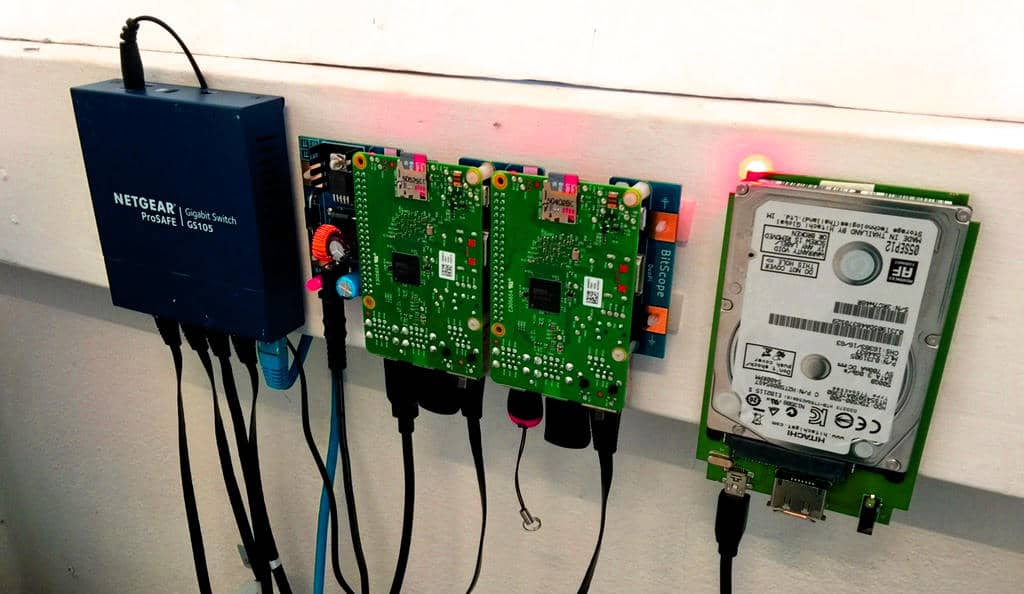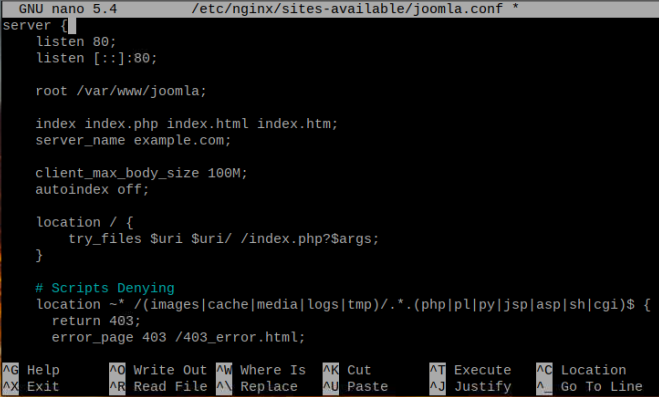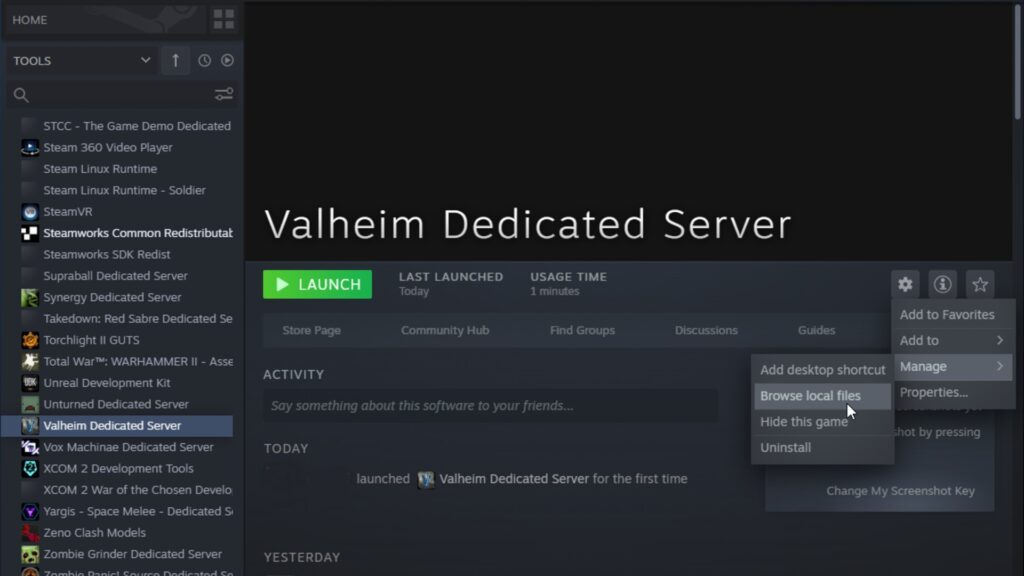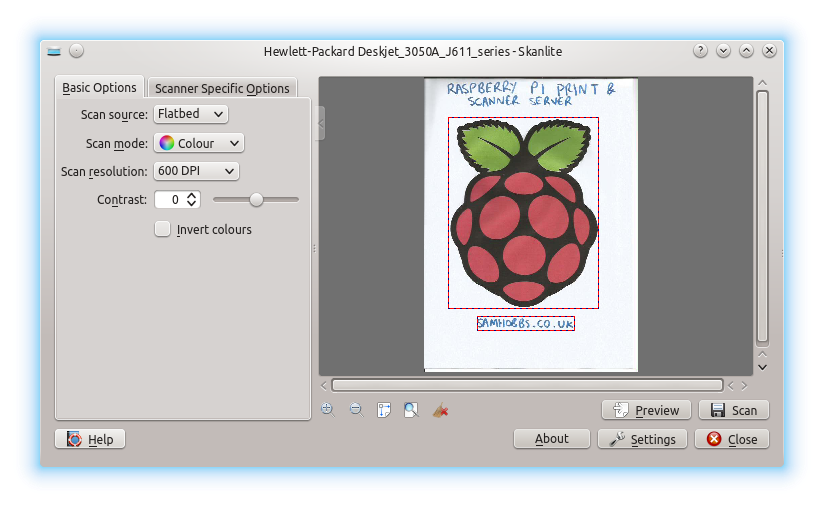The Raspberry Pi is a versatile, low-cost device perfect for running home automation software like Walls. With the right setup, you can have Walls running smoothly on a Pi to control lights, sensors, cameras, and more in your smart home.
Hardware Requirement
To get started, you will need:
- A Raspberry Pi board – the Pi 3 B+ or Pi 4 work well
- Micro SD card – at least 16GB recommended
- Power supply – official Raspberry Pi supply recommended
- Case – to protect the board (optional but recommended)
For more advanced integrations you may also want to attach:
- Speakers/mic for voice assistant functionality
- Camera module for security cameras and image recognition
- Environmental sensors to detect temperature, motion, etc.
How To Install The Software?
Once you have the hardware, installing Walls is straightforward:
- Install Raspberry Pi OS on the microSD card
- Boot up the Pi and connect to the internet
- Open the terminal and enter commands to sudo apt update and sudo apt full-upgrade
- Install dependencies like Python and Git using apt install
- Clone the Walls repo from GitHub using git clone command
- Run the install script and answer prompted questions
- Reboot the device and Walls should launch on boot up
Customize the config file as needed to set up rooms, devices, rules, and integrations. Consider enabling SSL for secure remote access.
Steps To Optimize Performance
Here are some tips for getting the best performance when running Walls on a Raspberry Pi:
- Overclock the GPU memory for smoother graphics
- Use a heatsink case if overclocking to prevent thermal throttling
- Lower display resolution to reduce GPU load
- Disable unnecessary OS services to free up CPU and RAM
- Use a fast microSD card as the boot device
- Connect sensors and devices via wired connection when possible
- Enable SSH and disable GUI to reduce memory usage
Also optimize within the Walls app itself:
- Reduce number of tabs and visible cards when possible
- Use conditional cards to toggle info
- Limit refresh rates for rarely needed info
- Avoid resource-heavy animations and backgrounds
Automating Devices And Integrations
Once Walls is running well, it’s time for the fun part – home automation! Here are some ideas:
Lighting: Add smart light bulbs around the house and use Walls to control them based on time of day, sensors, voice assistants, or device location.
Climate: Integrate temperature and humidity monitors to track conditions. Use that data to automatically run devices like fans, heaters, and AC units to maintain comfort.
Security: Hook up motion detectors, cameras, and smart locks to detect intruders and instantly get alerts. Restrict access via smart locks during certain hours.
Entertainment: Connect TVs, speakers, and media devices to Walls. Create an easy way to adjust volume, change inputs, play music/videos, and more.
Energy Monitoring: Use a smart plug to track real-time and historical energy usage data. Identify patterns and savings opportunities. The possibilities are endless! Walls makes it easy to wirelessly connect and automate the devices in your home.
Frequently Asked Questions (FAQs)
What model Raspberry Pi should I use for Walls?
The Pi 3 B+ or Pi 4 work well. The Pi 4 handles more devices and heavier usage better.
Can the Walls server be accessed outside my home network?
Yes, enable the SSL option within Walls or setup port forwarding on your router for secure remote access.
Is the Raspberry Pi powerful enough to run voice assistants?
Yes, with some configuration the Pi can handle Google Assistant, Amazon Alexa, or custom voice control. Use a microphone and speaker add-on for best performance.
Do I need to know Linux or coding to use Walls on a Pi?
Nope! The install scripts and UI make it simple for even beginners. Customization does allow JavaScript and CSS tweaks for advanced users.
Can I connect Walls to my smart appliances?
Yes – Walls integrates with brands like Samsung, LG, Whirlpool, Nest and more. Check device docs for specifics.
How do I backup my Walls configuration?
Your account data syncs across devices automatically. To backup device-specific configs, simply create a compressed file with Walls data directories.
What sensors can I integrate with Walls?
All kinds! Motion, temperature, humidity, noise, pressure, gas, light intensity, cameras, contact sensors, and tons more. IoT devices connect over WiFi, ZigBee, Z-Wave, or wired.
Can Walls send me notifications?
Yes, set up notifications within Walls to get alerts about device activity, automations, scripts, or sensor data. Receive as SMS, mobile push, Telegram, email, or browser notifications.
Is my home data secure on Walls?
Yes, Walls utilizes encryption, secure communication protocols, two-factor authentication, and user access controls to keep your data safe, private, and in your control. Disable cloud and internet access for fully self-hosted operation if desired.
Can I access Walls remotely from my phone/tablet?
Yep! The web-based interface automatically adapts for mobile browsers. Or use Android/iOS apps to conveniently access your instance from anywhere.
What popular devices and brands does Walls support?
Walls integrates with 1000+ devices like Philips Hue, TP-Link Kasa, IKEA Tradfi, Tuya, Shelly, Google Home, Amazon Echo, and many more. Check the integrations page for a full list.
Can I create rules and automations in Walls?
Absolutely! Use triggers like time, sensors, events, or data thresholds to trigger lighting scenes, activate devices, send notifications, run scripts, restrict access, adjust climate control, monitor energy use, and tons more.
Is Walls extensible with custom code?
Yes, advanced users can create and use javascript, CSS, templates, and more to add functionality. Or install third-party card extensions from the community.
Does Walls work offline without internet access?
It can! While remote access requires internet connectivity, Walls core functionality works without internet when self-hosted on a local network.
Can I use Walls data with business intelligence, analytics, or data science applications?
Yes, expose Walls data to external tools via built-in REST API, web sockets, MQTT broker, graphing, JSON exports, custom components, and more for further analysis.
Is Walls open source software?
Yes! Walls is open source under the MIT license so the community can freely enhance, customize, and expand compatibility.
Can I use Walls to create beautiful UI/displays?
Absolutely! Walls allows gorgeous customizable dashboards with maps, graphs, control panels, widgets, cards, and themes. Great for interactive displays or convenience interfaces.
Does Walls offer telephony integration?
Yes – use the telephony integration to place and receive calls, SMS messages, and notifications straight from Walls using a USB modem. Great for alerting and callbacks.
Conclusion
The lightweight yet powerful Raspberry Pi makes an ideal platform for running home automation software. With Walls installed, you can easily control and optimize numerous devices and appliances around your house with custom rules and automations. Careful configuration of OS services and Walls settings allows even a Pi 3 B+ to handle dozens of integrations smoothly. So unlock the potential of the Pi and your home with Walls today!




